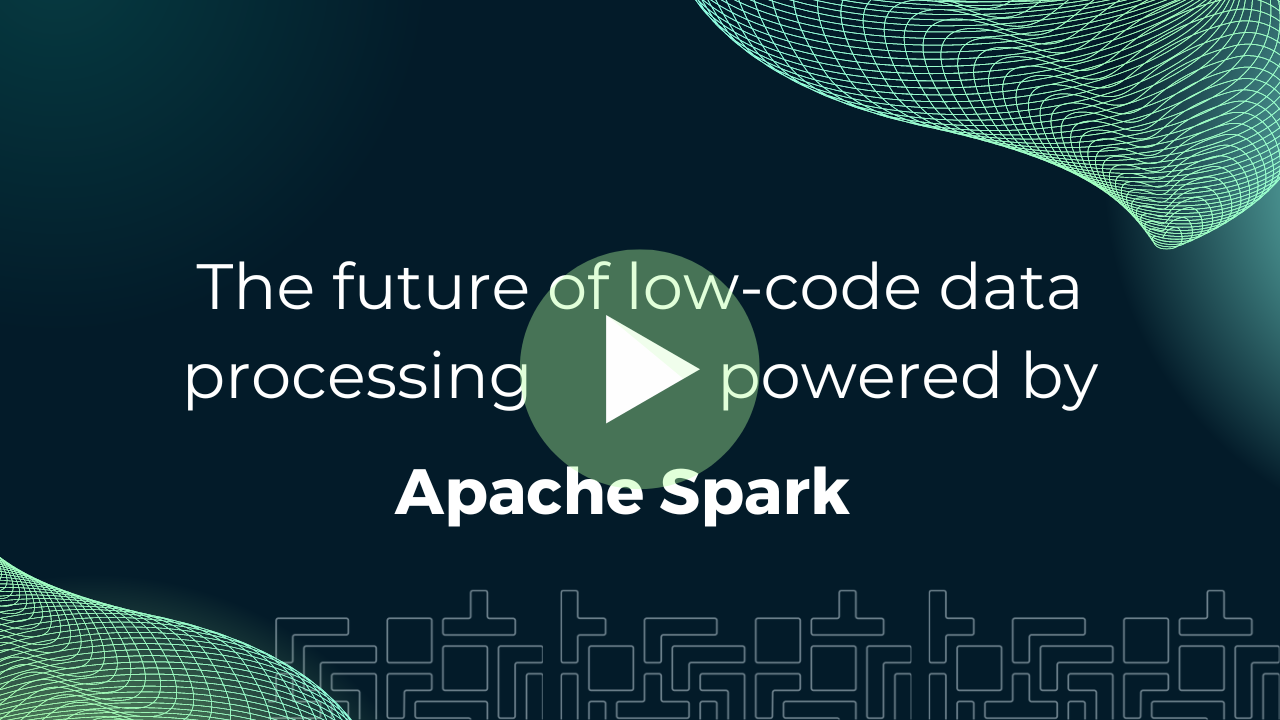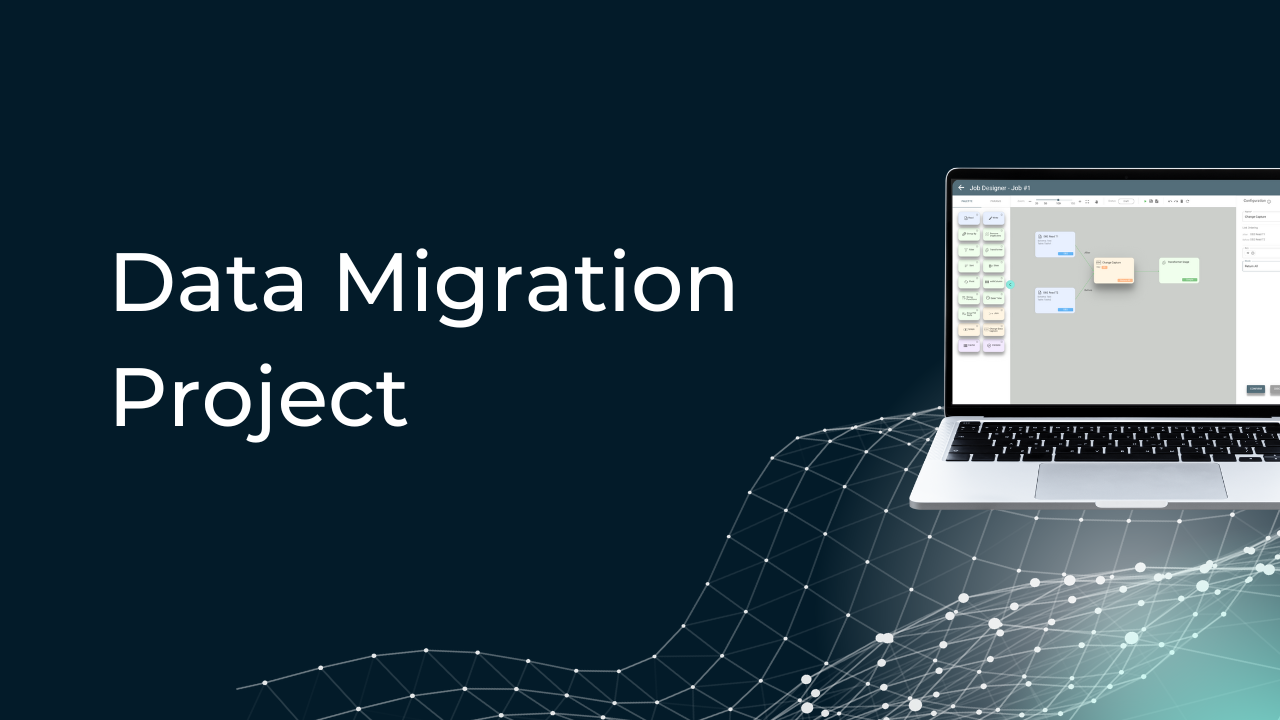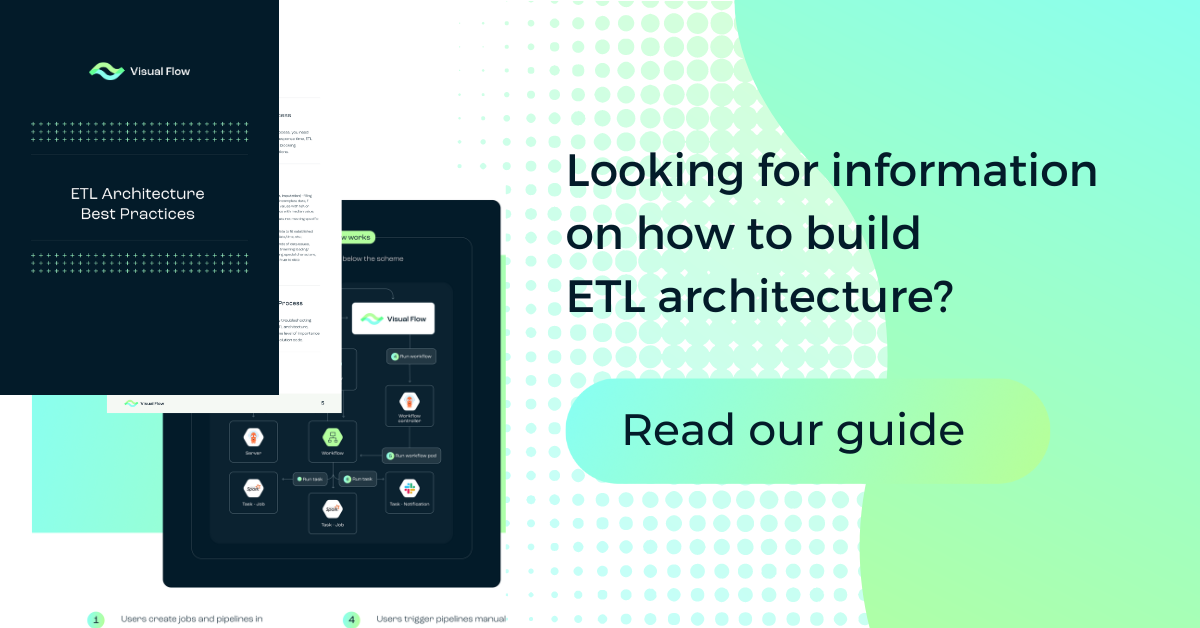Table of Content:
Table of Content:


ETL stands for Extract, Transform, and Load. You’ve undoubtedly heard the phrase “ETL” used in connection with data, analytics, and data warehousing if you’re reading this.
If you want to consolidate data from many sources into a single database, you must:
- Extract the data from its source — another database or an application — whatever that may be.
- Clean data, deduplicate it, mix it, and generally get ready to transform it.
- Load the data into the desired database.
Usually, one ETL solution performs all three of these phases and is essential to guarantee that the data needed for analytics, reporting, machine learning, and artificial intelligence is full and usable. But during the last ten years, the nature of ETL, the data it manages, and where the process occurs have changed significantly; thus, the correct software ETL is much more important now.
What Does ETL Stand For?
What does ETL stand for in data management? The ETL meaning is a procedure used in data migration projects that entails extracting data out of its source, transforming it into a format that the target database can use, and then loading it into the final destination. It offers the trustworthy single source of truth (SSOT) required for business intelligence (BI), as well as some other needs, including machine learning (ML), data analytics, and storage. Reliable data allows you to make strategic choices with greater confidence — that is, whether they include improving customer experiences, supply chain optimization, or marketing effort tailoring.
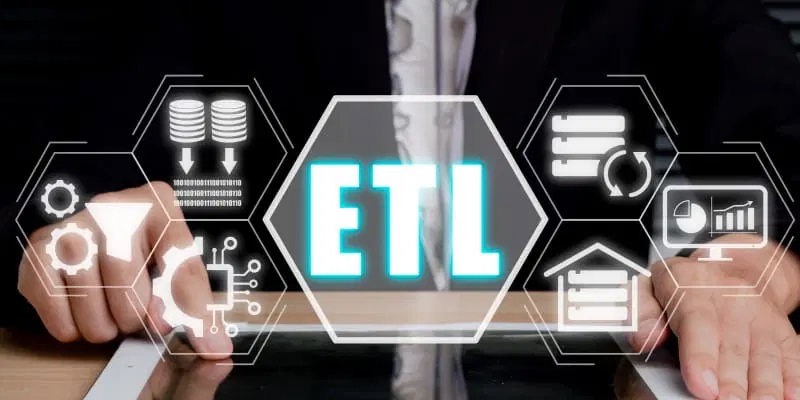
The ETL Process Explained
ETL is a three-step process that assists corporations and other organizations with data access, storage, and quality. Let’s find out what extraction, automation, and loading is.
- Extraction. Data extraction is the initial stage of ETL. Raw data is exported from many data source points into a temporary staging area during this phase. Depending on the needs of your company, you may get data from many sources. Common sources include email, ERP or CRM systems, online web pages and data banks, SQL servers, and NoSQL servers; flat files sent by customers or business partners also fall under this category.
- Transformation. Data has to be converted before final data warehousing. Raw, untidy data is transformed into consistent data fit for ETL data analytics operations. The transformation process involves many phases, such as developing reasonable data sets fit for the company’s demands, using deduplication to eliminate redundant data from databases, applying schema and other techniques to transform unstructured data into structured data, verifying data to guarantee correctness and validity, formatting data, removing faulty data, filling in missing fields, etc.
- Loading. Loading data into the appropriate data warehouse comes last in the ETL data pipeline. Starting with an initial data load, you would update it often to guarantee the company has real-time access to updated information.
ETL processes benefit a broad range of sectors, including healthcare, banking, retail, transportation, and entertainment.
Think of Netflix here. Every day the streaming service creates massive volumes of data, which it uses to determine whether new products will be successful and enable individualized suggestions for hundreds of millions of customers.
In order to do this, Netflix has to integrate data from both internal operations and user activity from outside sources. ETL procedures and proprietary platforms that provide real-time data streams are used to achieve this.

Why Is ETL Important?
Almost every company nowadays depends on data for its success. It feeds machine learning systems supporting automation and enables companies to create intelligent marketing, customer service, new products, and investment choices. To back up other business operations, ETL tools and procedures make sure reliable data is available and accessible from all data sources.
When it comes to data-based procedures, ETL operations are crucial in a few ways:

Data Consolidation
ETL is a conventional approach to data consolidation. You need to extract data from many sources, transform it into a format fit for use, and then load it into a target system.
Two primary techniques exist:
- Coding from scratch. The ETL process is executed by the use of specially designed scripts and programs. This approach is adaptable, but it may also take a lot of effort and call for experienced engineers.
- ETL tools. Specialized ETL solutions allow you to automatically and underline ETL process management. These solutions provide user-friendly interfaces, pre-built connections, and powerful data processing capabilities.
Simply said, ETL offers a consolidated perspective of data for simpler analysis and reporting.

Enhanced Data Quality
Raw, unstructured data becomes ordered, analyzable forms during the transformation step. When a company is data-ready, data experts and business users are able to conduct sophisticated analytics, which in turn drive growth and innovation by providing actionable insights and enabling strategic initiatives.
ETL also enhances audit capabilities and data accuracy that most companies need for regulatory and standard compliance.

Business Intelligence
Business intelligence provides a platform for analyzing and visualizing company data via various means, such as reports, graphs, comparisons, dashboards, and more. Organizations can’t function without it, since it aids in decision-making via features like data storage, business analytics, online analytical processing (OLAP), display, etc.
To many, it seems to be an essential principle of their companies. New data also points to fresh prospects, and BI helps find them.
Because cloud platforms are at the core of every data architecture, businesses are moving their historical data into cloud data warehouses, where they alter it to solve challenging business issues. Companies are now using ETL to transfer data to warehouses, and subsequently, they are focusing on business intelligence processes to uncover more profound insights. ETL-BI offers mostly the following advantages:
- Finding new linkages across datasets.
- Enhancing data strategies through better access to the action plan of corporate operations.
- Monitoring corporate operations via real-time view.
- Deepening insights into customer behavior through descriptive information (dashboards, reports) and predictive information (future trends, scope).
- Reducing inconsistencies in data and accelerating data processing.
Better decision-making results from coherent data made accessible by ETL-BI within cross-functional corporate teams. These days, you don’t have to visit data engineers to get updates on reports, locate certain corporate data, current market trends, etc.

ETL Tools and Technologies
The scope of ETL solutions has expanded quickly in recent years as businesses have adopted new data warehousing and data lake technologies, as well as deployed more streaming and CDC ETL integration techniques. To satisfy their various ETL requirements, companies have a selection of ETL tools at hand:
Established IT company ETL offerings
For many years, major IT companies have provided software ETL — first as on-site batch processing choices and now with more complex offerings with GUIs allowing users to quickly create ETL pipelines connecting various sources of data. Often packaged as part of a bigger platform, the ETL tools appeal to businesses whose older, legacy systems they must operate with and expand upon call for them. Informatica, IBM, Oracle, and Microsoft are the main participants in this arena.

Batch processing tools
Batch processing in on-site systems was the only sensible approach to handle ETL. This is just lately changing. Processing vast amounts of data historically required a lot of time and resources and could easily exhaust a company’s computational capability and storage capacity during business hours. Businesses running that data processing in batches using ETL technology during off-hours made more sense. Though some current tools enable streaming data, most cloud-native and open-source ETL systems still undertake batch processing, but their limitations in when they can do it and how rapidly are lessened.

Real-time ETL tools
For certain data changes, batch processing works well. More frequently now, however, businesses want real-time access to data from many sources. If you work on Google Docs, you want to avoid seeing changes and comments a day later. If you work in finance, waiting even a few hours to witness transfers and transactions is unacceptable given the time-sensitive demands of today.
Data processing in batches is becoming less viable compared to real-time demand, which necessitates a distributed approach with streaming capabilities. There are many streaming ETL programs available, both open-source and commercial. On the other hand, real-time ETL operations aren’t always the best option; there are situations when processing ETL data in batches is easier and more efficient.

Custom ETL solutions
Scripting languages like SQL or Python let companies with in-house data engineering and support capability to build and construct unique tools and processes. If companies have the right amount of technical and development know-how, they may use open-source software like Talend Open Studio, Visual Flow, or Pentaho Data Integration to enhance ETL pipeline creation, execution, and performance. However, custom ETL technology demands more administration and upkeep than off-the-shelf solutions, even if they provide a greater degree of customization and flexibility.
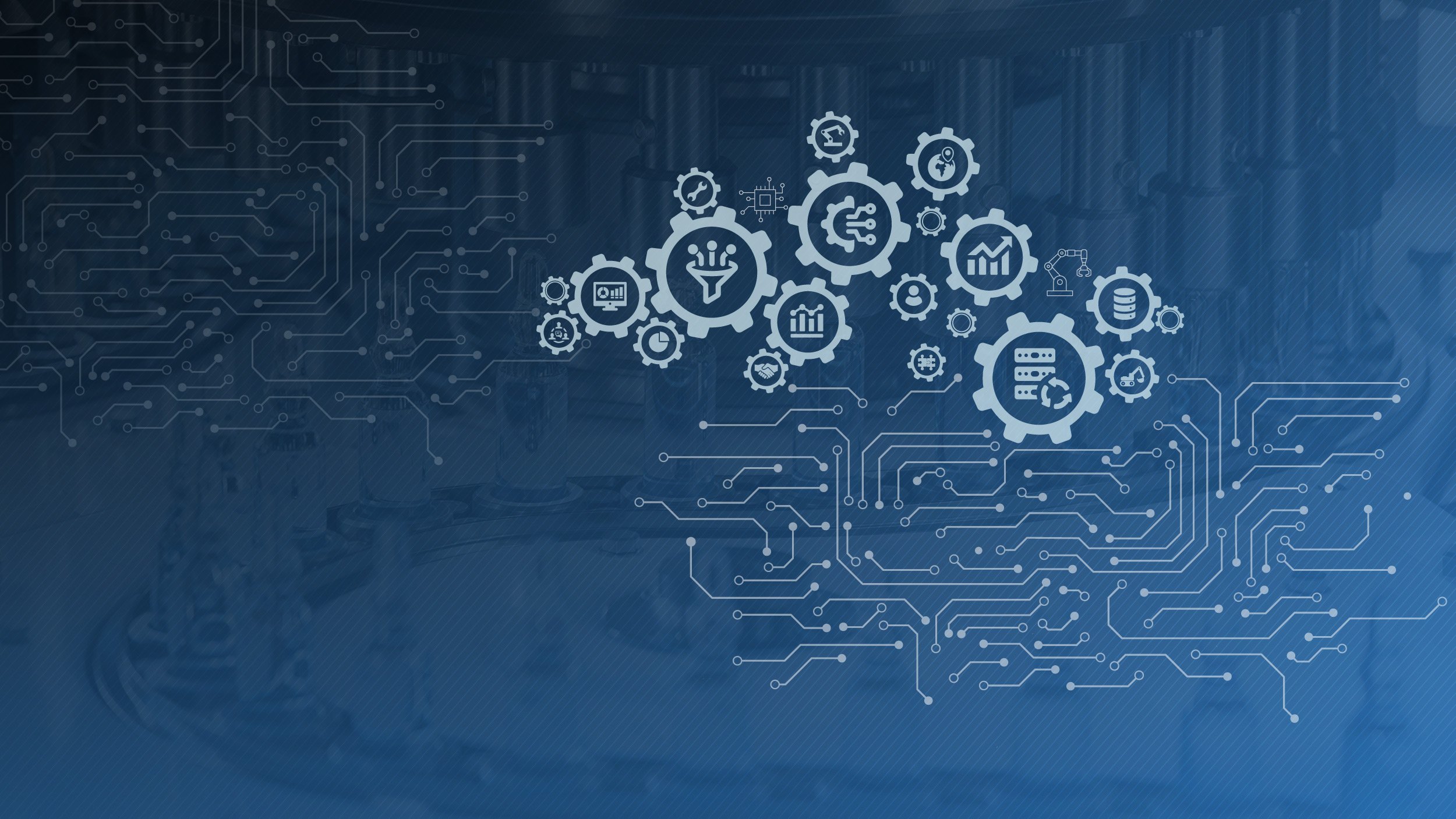
Open-source ETL tools
Many companies find open-source ETL tools to be a useful and cost-effective substitute for commercially packaged ETL systems. Some open-source initiatives, like data extraction projects, simply help with a single part of ETL, while others do what they set out to do and more. Among the often-used open-source tools are Apache NiFi, Apache Airflow, and Apache Kafka. One drawback of open-source ETL projects is that they are not equipped to deal with the data complexity that contemporary businesses encounter. This means that they don’t have the necessary support for features like change data capture (CDC) or sophisticated data transformation.
Open-source tools also don’t always have comprehensive support staff, so it could be difficult to receive help when you need it.

Cloud-native ETL tools
Companies are using cloud-native solutions that can interact with proprietary data sources and absorb data from several online applications or on-site sources. These solutions let companies copy, alter, and enhance data before loading it to data lakes or data warehouses, as well as migrate data across systems. Since each cloud-native tool has strengths and shortcomings and connects to various data sources, many companies combine different ones. Among them are Segment, RudderStack, and Azure Data Factory.
ETL tools help companies structure and understand their data. They make data easier to absorb and use by consolidating information from many sources.

ETL vs. ELT: Understanding the Differences
The particular demands of a business, the amount of data, and the computing capability accessible will determine whether ETL or ELT (Extract, Load, Transform) is more appropriate.
In situations where data transformation is complicated and must be handled before it reaches the data warehouse, the ETL meaning is usually more sought after. This method fits systems where data quality and preparation are vital as it lets data cleaning and consolidation take place before loading.
Conversely, the ELT definition is becoming more and more common, particularly with the advent of cloud-based data extract-load-transform data warehouses with notable processing capability. Large amounts of data in real-time or near-real-time situations better match ELT as it lets data be put into the extract-load-transform data warehouse more rapidly and converted as required within the database itself.
There is no clear winner between ETL and ELT; rather, it is important to consider the organization’s objectives, the data system’s architecture, and the data processing activities’ unique needs before making this decision. A company that deals with large, dynamic data sets may find ELT more suitable due to its scalability and efficiency. Conversely, a corporation giving data integrity and preload top priority may use ETL.
There are still innovations in this field; one such example comes from ELT space. ELT is another data processing tool that rearranges the chores. You transform data, extract it, and then load it in this method.
You can feed data lakes with unstructured data via ELT, or you can load all the data at once and sort it out using transform procedures later.

Common ETL Challenges
Data quality is probably the most common ETL challenge. There is no foolproof way to guarantee the accuracy of data extracted from various sources, particularly when user-generated content is a consideration. Among the challenges you will handle in the ETL pipeline are missing information, conflicting data, and outdated data.
Additional frequent ETL issues include:
- Making sure data is secure at every stage since moving and storing data might lead to possible problems;
- Maintaining data performance over time, including the effectiveness of ETL processes and continuous data access once it enters the target database;
- Combining data with current databases, API tools, and other platforms so that it may support corporate processes;
- Making sure compliance procedures are followed at every step of the process to ensure data is properly regulated.
However, all these issues can be solved with the use of ETL best practices.

Best Practices for Successful ETL Implementation
The following ETL best practices may be included in your data warehouse plan to enhance company-wide data management processing.
Define Clear Objectives
You must first know the particular demands of your company before implementing ETL processes. Specify exact goals and criteria including the kind of data to be handled, ETL job frequency, and intended results. This clarity will enable you to choose appropriate tools and create successful ETL procedures. It would be much simpler to make any necessary concessions at this point than to have a scenario where expectations are being grossly mismanaged.

Prioritize Data Quality
In ETL systems, data quality is the first concern. To make sure the data is accurate, full, and consistent, automated enterprise ETL operations should include data quality checks at different stages. Incorporate validation criteria, cleaning procedures, and error-handling systems to find and fix data problems early in the process.
Choose the Right ETL Tool
Effective automation depends critically on the right ETL IT tool choice. Among the many strong points offered by top ETL solutions are their scalability, ease of use, support for real-time data processing, and capacity to integrate with a wide variety of data sources. Popular and well-respected tools in this field include Visual Flow, Astera, Talend, and Informatica.

Document the ETL Process
Maintenance and troubleshooting depend on accurate documentation of ETL processes. Record every stage of the ETL process — including task schedules, data sources, and transformation rationale. Review and update material often to reflect changes in system settings or data needs.
ETL Use Cases
Most often, the meaning of ETL is utilized in many ways:

Data warehousing
Traditionally, ETL has been used by enterprises to gather data from many sources, convert it into a uniform, analytics-ready format, and load it into a data warehouse from which business intelligence teams may examine it for business uses.
Cloud migration
Since the introduction of cloud computing, companies have been transferring data to the cloud, namely to cloud data warehouses, to get insights more quickly. Data experts may save time and money by using cloud-native ETL solutions because they take advantage of the cloud’s scalability and speed to load data directly to the cloud and transform it inside the cloud ETL infrastructure.

Machine learning and AI
Although machine learning and artificial intelligence are not quite mainstream yet, many companies are beginning to investigate ways to include them in analytics and data science. Large-scale machine learning and artificial intelligence activities only find a workable answer in the cloud. Both methods also need substantial data stores for automated data processing, analytical model training, and model construction. Migrating big volumes of data to the cloud and converting it to be analytics-ready depend on cloud-based ELT (extract, load, transform) tools — rather than conventional ETL.
Marketing data integration
Consumers increasingly engage with companies across many channels, tracking several contacts and transactions daily, or even per hour. For marketers, it might be challenging to have a holistic perspective of all these channels to comprehend client behavior and demands. In this case, ETL software is useful for gathering and integrating consumer data from e-commerce, social networking, websites, mobile apps, and other platforms. It may also connect other contextual data so marketers may apply hyper-personalization, enhance user experience, provide incentives, and more.

E-commerce integration
You can link and synchronize data with other backend systems, inventory control systems, and your e-commerce sites. This guarantees correct inventory levels, product information, and simplified order processing.
Human Resources (HR) integration
The ETL process allows for combining HR information from many systems — including payroll, recruiting, and employee management to guarantee correct and current personnel data, therefore simplifying HR procedures and compliance reporting.

Streaming data
For streaming data, ETL looks at ongoing real-time stream-based procedures. Because data is converted and loaded in real time rather than waiting on a planned batch update, streaming ETL systems provide lower data latency than batch processing. Furthermore, the constant labor results in a reduced processing capacity needed at any one moment and helps to prevent spikes in demand.
Faster processing, nevertheless, could potentially lead to more mistakes and “messier” data than in a batch procedure. Whenever there’s a need for constant monitoring and adjustment, e.g. with Internet of Things (IoT) data used in machine learning and industrial processes, on financial trading floors, or in e-commerce environments, ETL for streaming data comes in handy.

Change data capture (CDC)
For CDC, the ETL definition is a mechanism for monitoring modifications made to the source data and guaranteeing that those changes are replicated in the data warehouse or data lake so that everyone viewing the information gets the most recent data available. Depending on end-user demands, change data may be sent either in real time or in batches.
Since a CDC procedure only handles the altered data, it uses less processing power, network bandwidth, and storage than ETL for streaming data, which may lead to increased efficiency for ETL resources. In environments like fraud detection, where credit card firms must know instantaneously if a card is being used concurrently at many locations, CDC is very critical.
ETL processes are also used for centralizing information for ETL data analytics, powering self-service reporting, creating enterprise ETL data models, automating manual workflows, enabling real-time monitoring and alerting, building data products for external consumption, and more.

Conclusion: The Future of ETL
ETL’s future resides not in the cloud or big data. They are the here and now. Nine out of ten companies claim they already have some of their data on the cloud, and almost all of them have either current or plans for cloud data transfer. Whether it’s structured operational data or a firehose of Internet of Things data, the volume of information we gather is beginning to outpace our capacity in conventional, on-site data warehouses. What then does the ETL meaning have ahead? The following are a few expectations for the next ten years of data transformation and management:
- Data won’t just keep expanding; in the next decade, its volume will explode.
- The Internet of Things will keep growing and influence businesses — they will therefore keep outgrowing outdated systems and have to go to the cloud.
- As digital assistant technologies keep growing, preparing data for machine learning and artificial intelligence will become a more important use case for ETL’s next-best-action.

Everyone, not only data experts, will have access to data in the future. Companies want and need staff members to make choices based on data. To speed up the time it takes to get insight, it is necessary to consolidate data and use solutions that automate repetitive tasks. Different business divisions would hence need various types of ETL technologies as well. Depending on the requirement for real-time data, companies may take advantage of comprehensive data transformation capabilities in ETL IT, pipeline tools for business users, and both batch and streaming capabilities. As a whole, businesses will have a leg up in the competition if they self-serve more information that they can put to use.
Contact us
